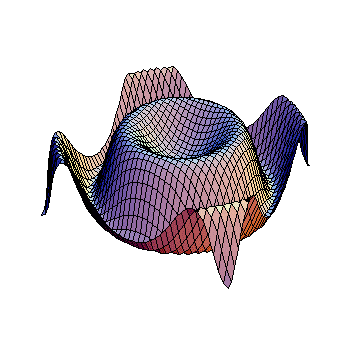Question #f837c
2 Answers
May 11, 2017
I tried this:
Explanation:
We can use the fact that:
and
and write:
multiply on the left to get:
Remebering that:
May 15, 2017
note :


